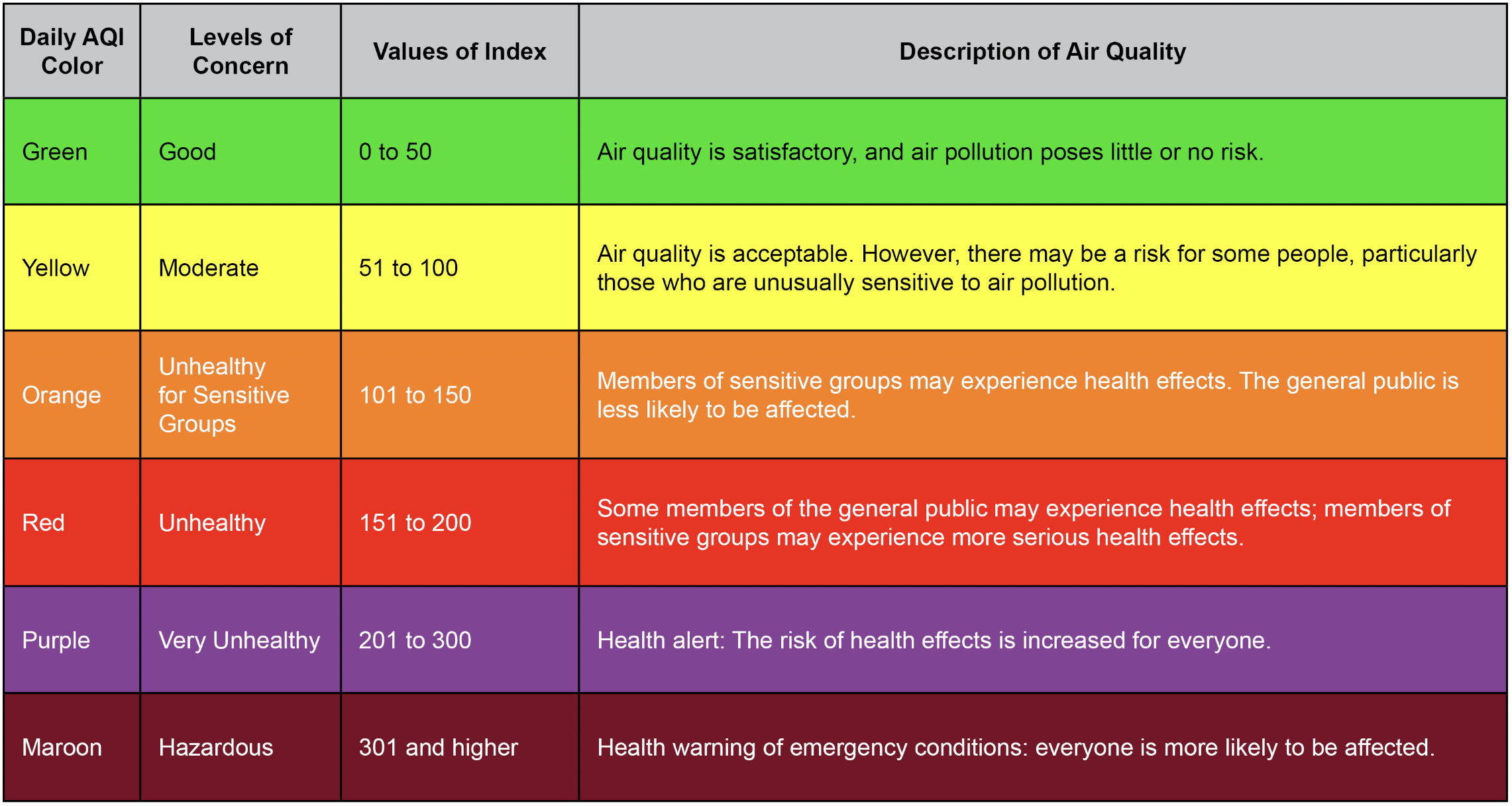What is Indoor Air Quality?
Indoor Air Quality (IAQ) refers to the quality of the air inside a building, house or apartment, in particular relating to the well-being of the inhabitants of that building. Approximately 90% of our time is spent indoors, so having a healthy interior environment is crucial. Understanding where IAQ comes from and the impact it has on people’s health is important in order to take the necessary measures to improve indoor air quality. Installing the right equipment to monitor air quality will lead to a healthier and safer indoor environment.
Why measure your Indoor Air Quality?
Indoor air pollution can have many negative effects for your health and for your productivity, in your home and at work. Some negative health symptoms caused by poor indoor air quality include eye, nose or throat irritation, headaches, dizziness and fatigue, respiratory problems including asthma and more. Concerning harmful impacts in the workplace, poor indoor air quality in the office can provoke tensions, increase employee absence and a decrease in general productivity.
Getting a certification for your building can allow indoor air to be of better quality. These certifications include BREAM, LEED and WELL amongst others.
What causes bad Indoor Air Quality?
Bad indoor air quality comes from detrimental breathable air particles which are inhaled on a daily basis. The source of these harmful air particles can be tobacco smoke, the wrong ventilation system, badly maintained or badly designed HVAC systems, non-vented gas heaters, or car emissions, amongst others.
Some furniture or building equipment can also decrease air quality, such as wall paint, carpeting, solvents or cleaning products etc. Certain chemicals emitted by paint and cleaning products are Volatile Organic Compounds (VOC) and participate in the deterioration of Indoor Air Quality. For people inhaling too much VOCs, they can face various health problems. A study led by EPA has proven that VOC pollution is 2 to 5 times higher indoors than outdoors for certain chemical products.
Moreover, a badly ventilated, humid or excessively heated enclosed area also amplifies the bad air quality as air is less frequently renewed and of poorer quality.
What does good indoor air quality mean and how to measure it?
In terms of measures, the higher the IAQ index value, the more pollution in the air and the higher the health risk. On an index scale of 1 to 500, a good or acceptable IAQ level is between 0 and 150, and an alarmingly high IAQ level is above 300.
The six IAQ categories are illustrated hereunder, with colour codes and explanations making it easy to distinguish each category.

(Image source: https://www.deq.idaho.gov/air-quality/air-quality-index/)
Due to the recognition of Indoor Air Quality’s importance, governments and private bodies have developed some ways to monitor and limit IAQ damages. Increased governmental standards have been set up in public places and in offices, requiring owners to monitor their air quality levels. On the other hand, International Green Building organisations have developed standards such as LEED, BREEAM and WELL. These standards are developed in order to create healthier and greener buildings, where indoor air is of better quality.
How can Enectiva help monitor your Indoor Air Quality?
We have a large range of indoor air sensors allowing you to monitor your air’s quality at all times and have your analysis results accessible to you directly in your online Enectiva customer area. For our sensors and devices, we mainly use the Enless wireless products which are compatible with Sigfox, Lora and Wireless MBus. We however do not exclusively provide Enless wireless products and we have a large variety of different sensors and products, allowing our clients a certain hardware independency.
This range of sensors include Air quality sensor, dust particle sensor, volatile substances sensor, Enless ambient CO2, Temperature and Humidity Transmitter.
We also provide Green Building Certifications, including BREEAM, LEED and WELL standards, in order to improve your IAQ.
For any questions, please contact us!
Sources:
https://www.aeroqual.com/blog/why-monitor-indoor-air-quality
https://www.bioenergyconsult.com/indoor-air-quality-monitor/